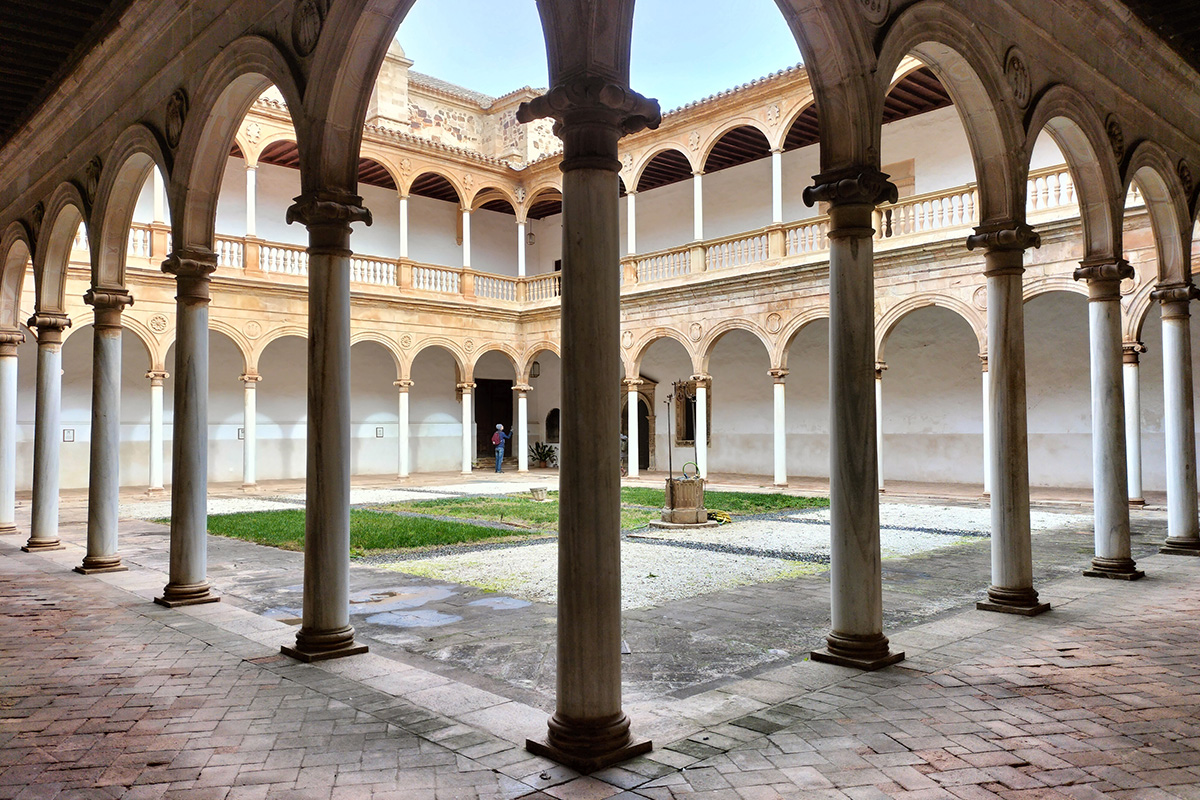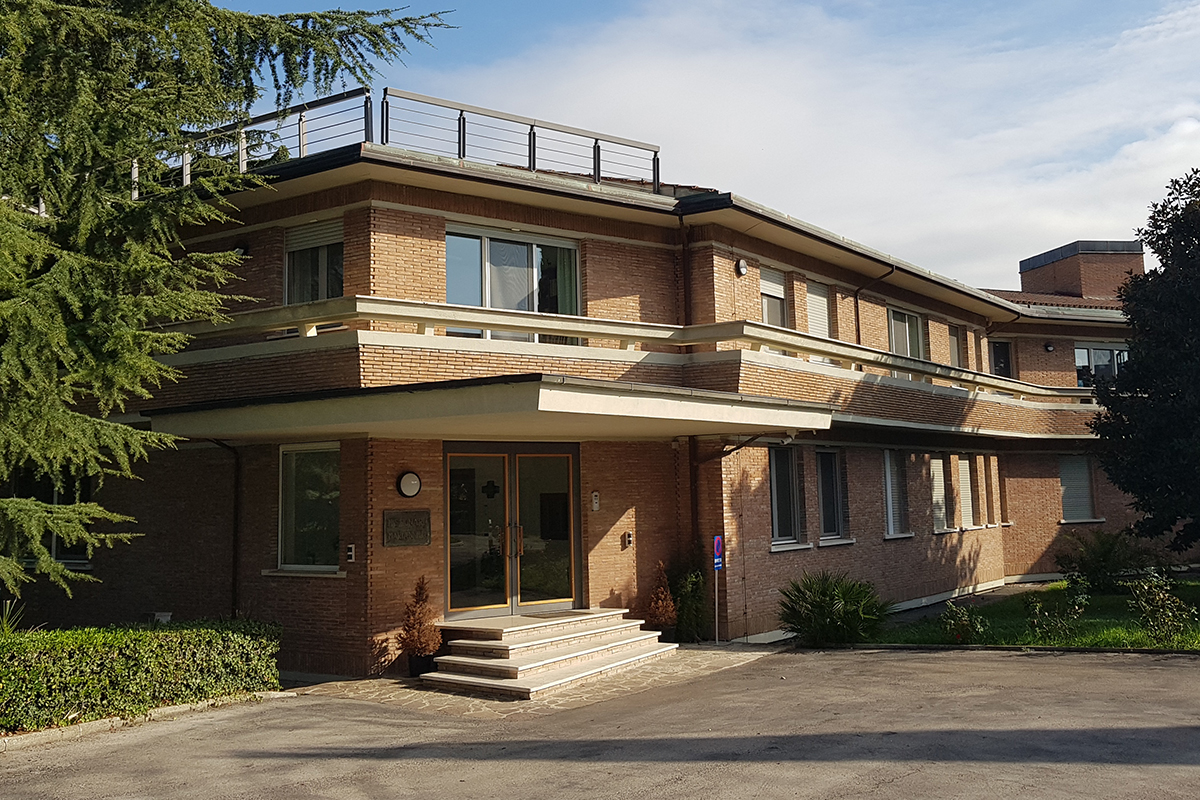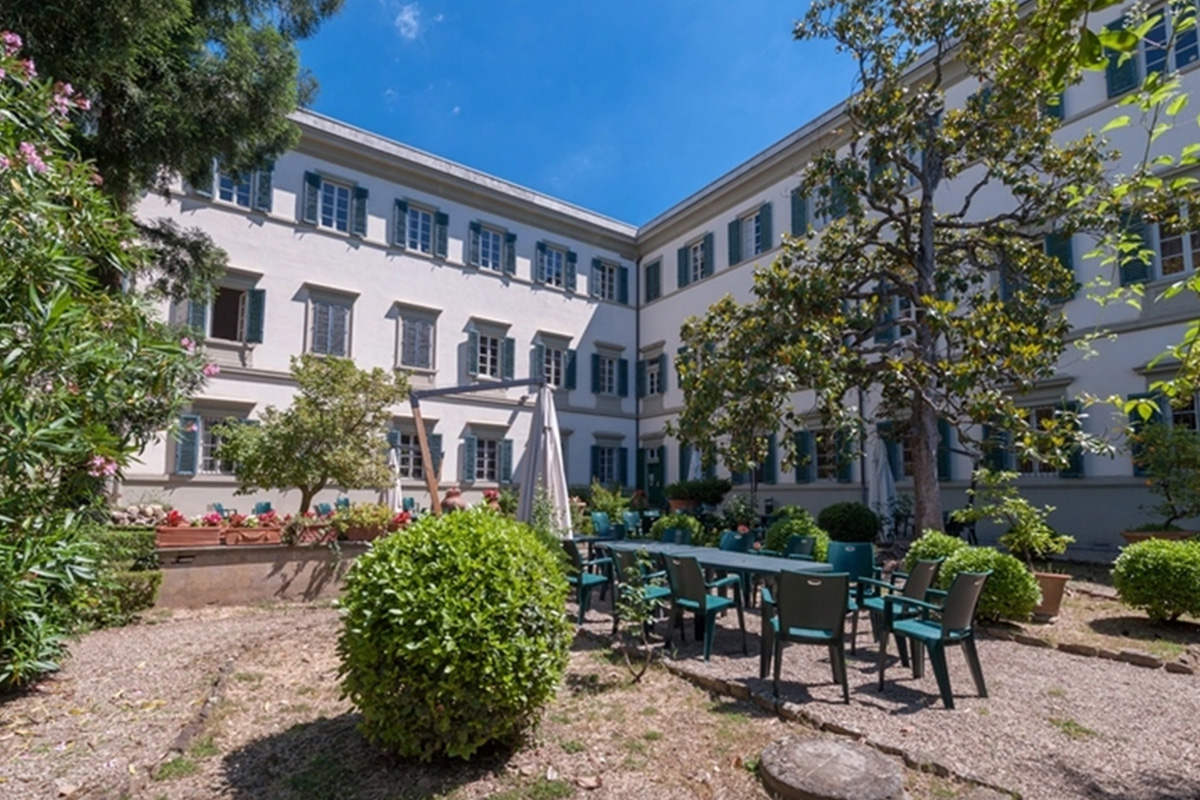|
Getting your Trinity Audio player ready...
|
- “Home as a safe haven” isn’t just a saying. For Italians and many around the world, housing continues to represent not only a financial investment but one with deep emotional and cultural value. Real estate remains relevant, even today.
- Housing prices, rising mortgage rates, maintenance expenses, and property taxes: let’s explore the trends and limitations of the Italian real estate market.
- Experts increasingly recommend a balanced mix of real estate and financial assets to mitigate risks in the property sector.
- While Milan remains Italy’s only thriving real estate market, other parts of the country are struggling. Abroad, however, several markets – from European capitals to Mediterranean coastlines, from the U.S. to Australia – offer promising opportunities.
Home as a cultural and emotional anchor
“Home as a safe haven” isn’t just a saying—it’s a deeply rooted sentiment for many Italians. And real estate continues to be a relevant investment choice. According to recent Federproprietà-Censis reports¹, the social and emotional value of owning a home has never been higher. Despite challenging economic conditions, owning a home remains essential for most Italians – an importance that was further reinforced by the pandemic experience. During that time, albeit out of necessity, the home became the sole setting not just for daily life, but also for activities typically carried out elsewhere – above all, work. As a result, the home has taken on new roles, blending its traditional functions with the demands of modern living.
In Italy, buying a home is a matter of the heart
Does investing in real estate still make sense in Italy? According to the Federproprietà-Censis report, when it comes to buying a primary residence, the answer is yes. The numbers speak for themselves: 70.8% of Italian families own the home they live in, and 28% of those homeowners own additional properties. It’s no coincidence that the report describes homeownership as both a “social stabilizer” and a core element of Italian culture – especially when compared to other advanced economies, where ownership rates are significantly lower. A home is, therefore, a form of investment with profound emotional and sentimental value. Owning one offers a sense of reassurance – especially in light of the uncertainties of the times we’re living through. According to the report, 83.2% of respondents view owning their home as a source of stability. A house is also one of the few places where people can most freely express their individuality, creating a space where personal interests, passions, and identity can coexist in harmony.
Trends and limitations of the Italian Real Estate Market
The challenges become more apparent when real estate is viewed purely as an economic investment. Between 2010 and 2019, while housing prices across the European Union rose by 19.4%, Italy experienced a 16.6% decline. Unsurprisingly, more than half of Italian savers no longer consider real estate a good financial investment. This perception is not only due to stagnant market performance but also to the high costs of maintenance and property taxes. 76.5% of Italian homeowners report that housing expenses weigh heavily on their household budgets, while 71.7% believe that property taxation is excessive. The sharp increase in energy prices over the past year has also significantly contributed to this burden. Yet, despite these discouraging factors, the desire to own a home remains strong, even among younger Italians. Although many under 35 struggle to purchase property independently, over 90% of young homeowners see homeownership as a source of security for the future. In short, investing in real estate in Italy today seems to be driven more by emotional conviction than by financial or economic logic.
Diversifying your portfolio: opportunities in indirect real estate investment
Real estate continues to hold a significant place in the financial portfolios of Italian households. A recent study² confirms Italians’ strong preference for property investment, revealing that 53% of the average household’s net wealth in Italy is tied up in residential real estate. Additionally, 56% of real estate investors buy property as their primary residence. Those who purchase homes to rent out typically do so to earn supplementary income, with the goal of recouping the initial investment over the medium to long term. This strategy tends to be more successful in major economic hubs and historic cities.
However, real estate is not without its risks. What are the main ones? Let’s take a look:
- real estate is not easily liquidated – selling can take time;
- interest rate fluctuations, especially if a mortgage is involved;
- high transaction costs, including purchase fees, brokerage commissions, and notary fees;
- high levels of rental default – it’s estimated that nearly half of rental agreements in Italy are not paid regularly each year.
Because of these risks, financial experts recommend diversifying investment portfolios, combining real estate with financial and other asset classes to avoid overexposure. Some of the most common forms of indirect real estate investment include:
- investing in real estate stocks or REITs (Real Estate Investment Trusts);
- real estate crowdfunding platforms;
- property flipping;
- participating in real estate investment groups;
- investing in income-generating bond funds.
A look beyond borders: trends in the international Real Estate Market
Over the past decade, Milan has been the only Italian city to experience a significant increase in property values. The Lombard capital continues to attract foreign investment and serves as the main driver of Italy’s real estate market. However, this kind of dynamism is lacking in the rest of the country – whereas, abroad, it is much more evident. Across Europe, several real estate markets are showing strong growth, with Paris leading the way. The French capital now ranks first globally for luxury property transactions. But it’s not alone: cities like London, Berlin, and Madrid are also drawing both local and international buyers, thanks to their strategic appeal for short-term rentals and the wide range of services they offer. There are also entirely different contexts, such as Portugal and Spain’s coastlines or the Greek islands, where a high quality of life – fueled in part by favorable climate conditions – is matched by relatively low living costs.
Broadening the view even further, the United States and Australia continue to offer strong and attractive real estate markets, while Southeast Asia presents particularly appealing opportunities for those looking to invest in luxury properties at highly competitive prices.
NOTE
¹ For further reading: 1st Federproprietà-Censis Report – Italians and Housing, 2022; 2nd Federproprietà-Censis Report – Housing Despite Everything, 2023
² Dividends vs. Bricks: Where Does Real Profitability Lie? And How Is Wealth Distributed Among Italian Households?, Nomisma, 2023










